| Peter Lanczak |
| Exakta
real
|

free download: Bedienungsanleitung - Instruction Manual - Mode d'Emploi
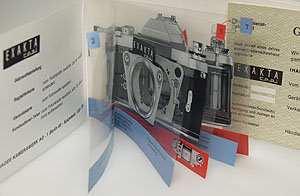
(Photos
anklicken - click photos - cliquer photos)


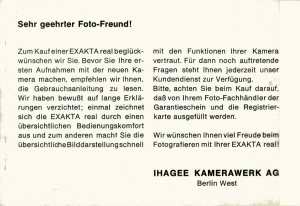
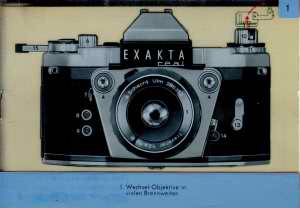
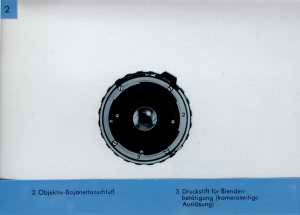
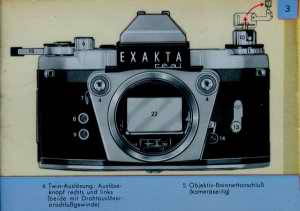

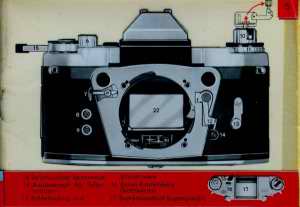
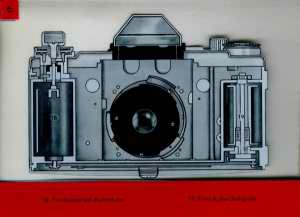

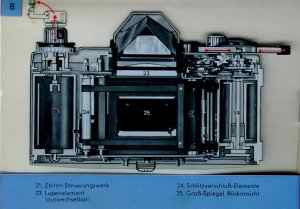
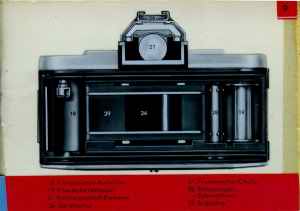
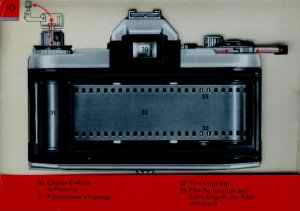
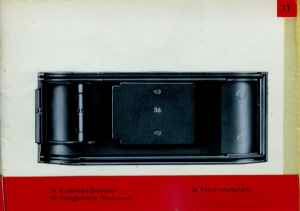
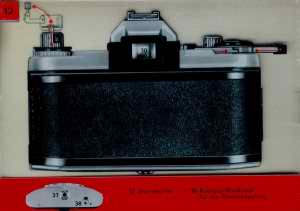
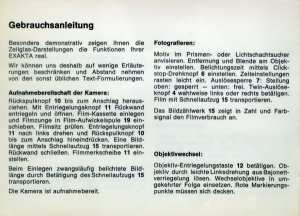
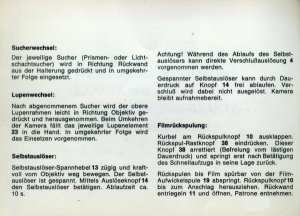
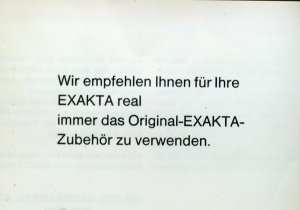
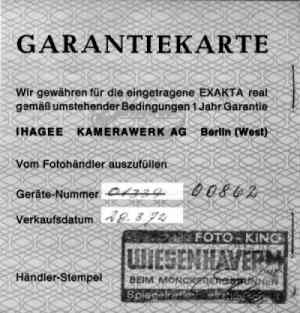

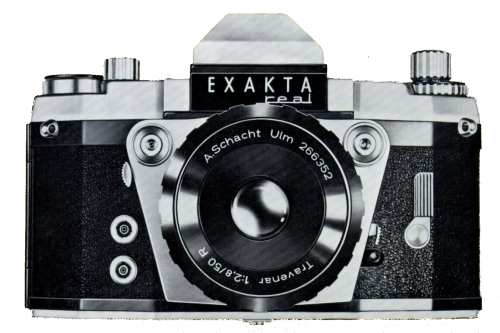
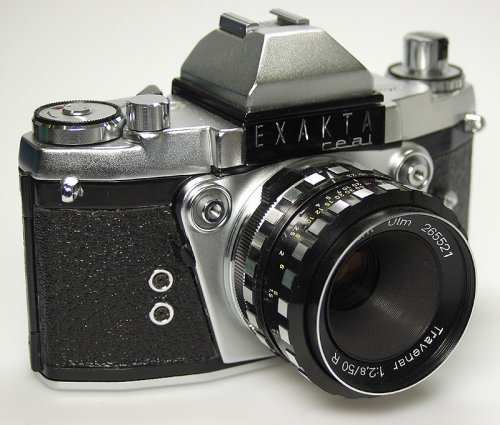
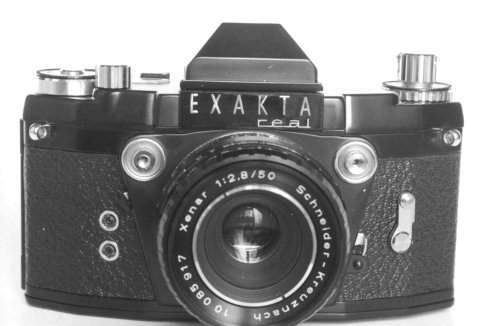
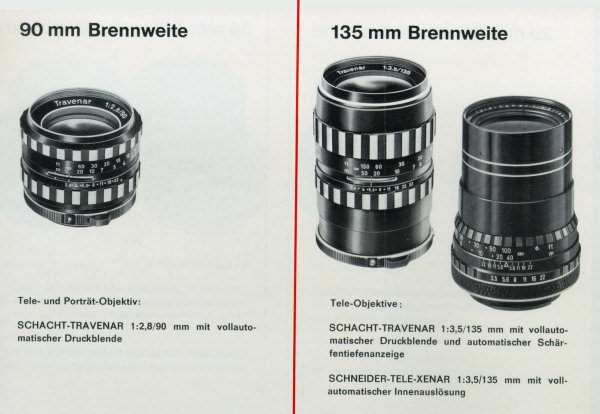
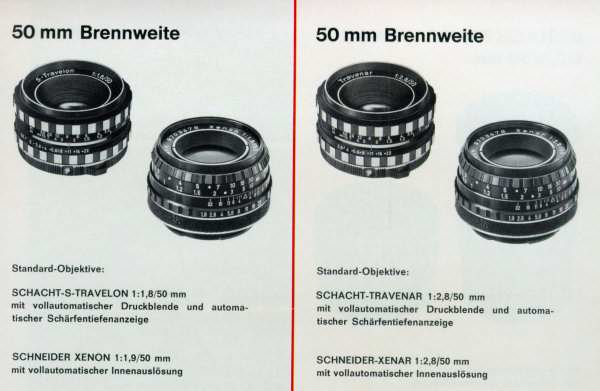


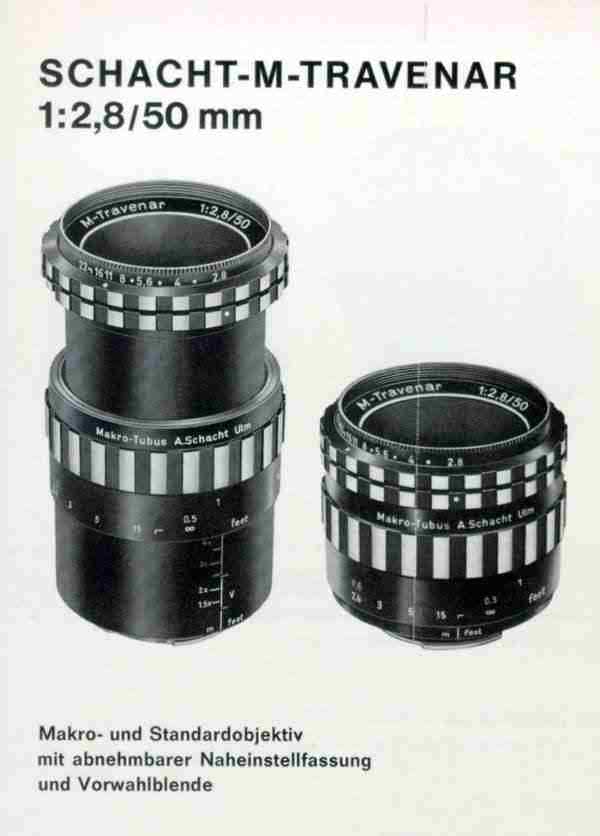

|
|
|
|
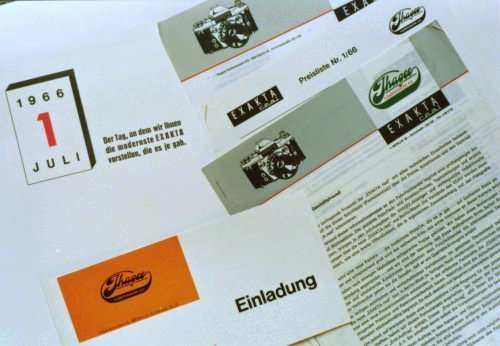 |
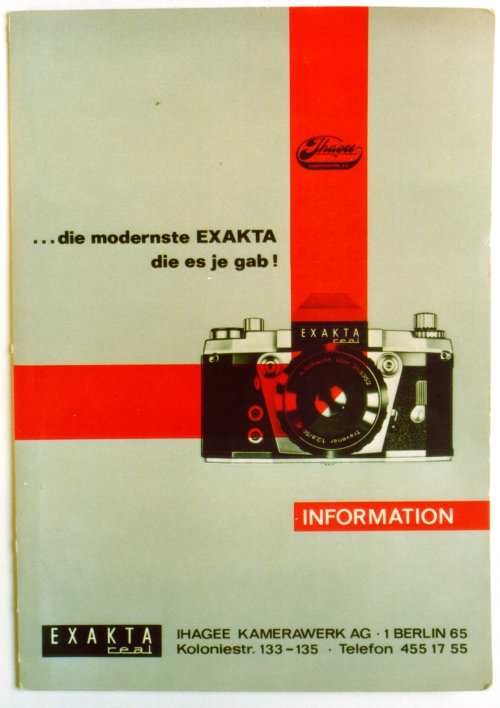 |
 |
|
Production time: July 1, 1966 - April 1967 Known serial numbers: 504 - 1316 Production size: ca. 1.000 Expl. Known german patents: |
Produktionszeitraum: 1. Juli 1966 - April 1967 Bekannte Seriennummern: 504 - 1316 Produktionsumfang: ca. 1.000 Expl. Bekannte deutsche Patente: |
Dates du production: 1er juillet 1966 - avril 1967 Numéros de série connu: 504 - 1316 Largeur du production: env. 1.000 exempl. Brevets allemand connu: |
| The history of the Exakta real | Die Geschichte der Exakta real | L'histoire d'Exakta real |
| 1962
appointed the Ihagee West the italian designer Ferrari to develop
a new Exakta; the well known characteristics of the orign Exakta, the trapezoid
shape of the camera body and changeable finders should be conserved as
well as the possibility to use existing Exakta lens, new features should
be e.g. a repeating mirror and a TTL-light meter system.
Early 1963 the first six prototypes have been delivered and the Ihagee-engineers H. Knapp and E. Loewe examined the usability of the cameras - with a crushing technical result. Nevertheless the press has been informed of the new camera - also including a new lens serie from Steinheil. H. Knapp revised the camera very solid and at the press conference at June 3, 1966 the new Exakta real has been presented with high intents of the future production, 1.000 spec. should be produced per year in the Berlin camera fabrication. Also a prism finder for TTL-metering has been announced. For the new camera production a new factory in Berlin, Koloniestrasse 133-135 has been built, the newest machines and 70 employees on a surface of 750 m²should garantee the production marks. The offered price for the Exakta real depending on supplied lens was 860,- DM up to 996,- DM, with an great offer of different lens and accessories. In fact, only 800 to 1.000 spec. have been produced (ca. 150 of them with black cover), for the situation of the german camera production has changed, costs of production were high and the japanese rival conquested the camera market quickly with low prices (e.g. the Asahi Pentax S1A, 565,- DM). Even the despairing trial of the Ihagee West to corporate with japanese fabrications could not solve these problems: The Exakta twin TL, TL 500, TL 1000 and FE 2000 were the latest models of the Ihagee West, build in Japan from Cosina and Petri. The Ihagee West had to file bancruptcy petition at 29.09.1976 because some of the companions did not want to investigate more; numerous lawsuits preceded this event, with Ihagee Dresden and the US company Omega for distribution problems and at last with the Steenbergen foundation for the act of bancruptcy petition. |
Im Jahre
1962 beauftragte die Ihagee West den italienischen Konstrukteur Ferrari,
eine neue Exakta zu entwickeln; die bekannten Merkmale einer Exakta, wie
die Trapezform des Gehäuses und wechselbare Sucher sollten dabei erhalten
bleiben wie auch die Nutzung bestehender Exakta-Objektive, neu hinzu kommen
sollte moderne Anforderungen wie z.B. ein Rückschwingspiegel und die
TTL-Belichtungsmessung.
Bereits Anfang 1963 wurden die ersten sechs Prototypen geliefert und die Ihagee-Konstrukteure H. Knapp und E. Loewe untersuchten die Kameras auf ihre Gebrauchsfähigkeit - mit niederschmetterndem technischen Urteil. Trotzdem wurde der Presse bereits die neue Kamera angekündigt - einschliesslich einer neuen Objektivserie von Steinheil. H. Knapp überarbeitete die Kamera daraufhin gründlich und in der Pressekonferenz am 3. Juni 1966 wurde die neue Exakta real vorgestellt, mit hohen Produktionsabsichten, etwa 1.000 Stück sollten pro Jahr das Berliner Kamerawerk verlassen. Auch ein Prismeneinsatz für die TTL-Belichtungsmessung wurde angekündigt. Eigens für die neue Exakta wurde eine neue Kameraproduktion in Berlin, Koloniestrasse 133-135 errichtet, neueste Maschinen und 70 Mitarbeiter auf einer Produktionsfläche von 750 m² sollten die Produktionsziele gewährleisten. Die Exakta real wurde je nach Objektivausstattung zu einem Peis von 860,- bis 996,- DM angeboten, mit einer grossen Auswahl an Objektiven und Zubehör. Tatsächlich wurden aber nur 800 - 1.000 Exemplare gebaut (davon ca. 150 in schwarzer Ausführung), denn die Zeiten waren anders geworden für die deutsche Kameraindustrie, die Produktionskosten waren hoch und die japanische Konkurrenz eroberte rasant den Markt zu günstigeren Preisen (wie z.B. die Asahi Pentax S1A, 565,- DM). Daran konnte auch der verzweifelte Versuch der Ihagee West, mit japanischen Unternehmen zu kooperieren, nichts mehr ändern: Die Exakta twin TL, TL 500, TL 1000 und FE 2000 waren die letzten Ihagee-West-Modelle, gebaut in Japan, von den Firmen Cosina und Petri. Die Ihagee West musste am 29.09.1976 Konkurs anmelden, weil einige Gesellschafter nicht mehr bereit waren, erneut zu investieren; zahlreiche Rechtsstreitigkeiten waren dem Ereignis vorhergegangen, mit der Ihagee Dresden und der US-Firma Omega wegen des Vertriebs und zuletzt sogar mit der Steenbergen-Stiftung wegen des Konkursverfahrens. |
En 1962
l'Ihagee West charge le constructeur italien Ferrari a projeté
une nouveau Exakta; les caractéristiques signes sont consérvés
comme le carter trapézoid, des viseurs changeables et aussi le possibilité
d'usage des objectifs existent, aussi des exigences modernes comme retournement
automatique du miroir et une posemètre TTL.
Au début de 1963 les premières six prototypes sont déjà livrés et les ingénieurs H. Knapp et E. Loewe ont examiné la caméra et son fonction - avec un résultat bouleversant au sujet de technique. Quand même la presse est informé de la caméra nouvelle - une nouvelle série d'objectifs de Steinheil inclus. H. Knapp a révisé solid la caméra et dans la conférence de presse de Juin 3, 1966 le nouveau Exakta real était presenté, avec grande intention au production. Environ de 1.000 spécimens par an doivent quitter la fabrication de Berlin. Aussi était annoncé une nouveau prisme pour le posemètre TTL. Spécialement pour ca on a construit une nouvelle production pour les cameras à Berlin, Koloniestrasse 133-135, avec des machines modèrnes et 70 emploiées sur une surface de production de 750 m² qui doit garantir les destinations de la production. L'Exakta real était offré pour un prix à 860,- de 996,- DM avec une grande offre d'objectifs et accessoires. En réalité ont a producé seulement 800 - 1.000 spécimens (en env. 150 en couleur noir), parce que les temps ont changé pour l'industrie caméra allemande. Le coût de production ont élevés et la concurrence japonaise a conquérit le débouché vertigineux en prix basse (comme p.e. l'Asahi Pentax S1A, 565,- DM). Aussi l'essai désesperé de l'Ihagee West a coopéré avec les entreprises japonaises ne change rien. L'Exakta twin TL, TL 500, TL 1000 et FE 2000 étaient les dernières modèles de l'Ihagee West, fabriqués à Japon aux entreprises Cosina et Petri. L'Ihagee West fait faillite le 29.09.1976 parce que quelques associés n'étaient pas prêt à plus investir; avant nombreuses procèses ont précédé, avec l'Ihagee Dresden et l'entreprise américain Omega à cause de la distribution et enfin avec la fondation Steenbergen à cause de l'acte juridique de la failite. |
| ©PeterLanczak
Germany/France
last update 26.01.2002 |